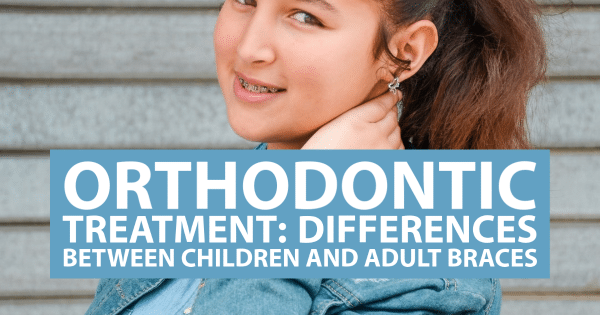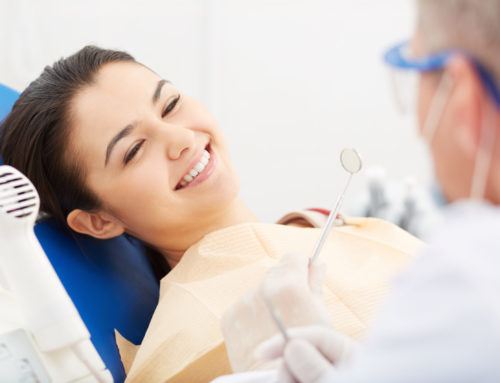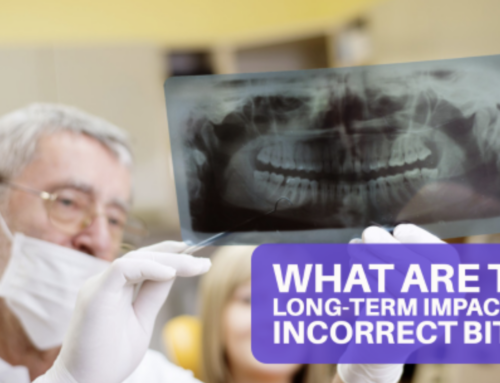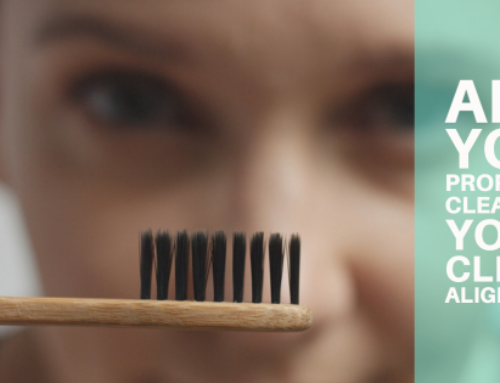 Most people consider braces to be oral appliances meant for children and teens. However, specialists use braces to treat anyone who needs healthy teeth and a proud, confident smile. An orthodontist has the requisite training to recommend a suitable treatment depending on your diagnosis. Here are some differences between kids and adult braces, and the implications to your oral health.
Most people consider braces to be oral appliances meant for children and teens. However, specialists use braces to treat anyone who needs healthy teeth and a proud, confident smile. An orthodontist has the requisite training to recommend a suitable treatment depending on your diagnosis. Here are some differences between kids and adult braces, and the implications to your oral health.
1. Correcting Misalignments
Braces may be necessary to adjust misalignments of the teeth and gums. The process is somewhat similar for both adults and children. However, due to physiological differences caused by age, different factors will inform the nature of the procedure.
The earlier you seek treatment from an orthodontist, the better it is for your dental health. In adults, the jawbone is thicker and often takes longer to heal. Additionally, the tissue and gums may take longer to heal for adults than for children in their pre-teens.
2. Teeth Spacing
Kids can go for orthodontic care as early as age 7. At that stage, the jaws and mouth are still growing, which gives room for adjustments of the teeth and gums. An orthodontic health professional can also catch subtle signs of an overbite and treat it using simple procedures.
Most adults have had some teeth removed due to cavities or trauma. Unfortunately, the spacing is typically not suitable to allow the teeth to shift when correcting an overbite. Your orthodontist may use specialized appliances and techniques to treat gum misalignments.
3. Risk of Dental Complications
Adults are more susceptible to developing issues such as resorption. During treatment, there may be a significant reduction in bone density. Resorption may eat away the root of the teeth, which can limit the process of restoring your bite.
A specialist will often evaluate oral hygiene routine, genetic makeup, and the condition of your teeth and gums. These factors are crucial in determining how to contain complications that may arise during the adult braces procedure.
4. Adopting an Oral Hygiene Routine
The physiological differences in age call for appropriate treatment protocols when treating adults. For example, an orthodontic specialist may use dental appliances such as bridges to address missing or broken teeth. These devices require the patient to adhere to a more stringent oral hygiene routine.
Most children undergoing treatment at an orthodontist office will often not require additional appliances other than braces. However, children are also more likely to skip some steps in their required oral hygiene regimen. Most specialists may address the issue by giving lessons to the parent and child to avoid complications.
5. Psychological and Social Issues
Another difference is the perception of the treatment and the expectations of patients in different age groups. Adults and teenagers are more conscious of their appearance and the comfort level of the braces. However, adults are also more understanding of the medical importance of the dental procedure compared to teens.
An orthodontic specialist may evaluate your suitability for Invisalign and other dental options to address the social and psychological discomfort.
If you are looking for braces or Invisalign in Tulsa, you can consult our orthodontic care services. An orthodontist is in the best position to address misalignment and detect other underlying issues. Learn more about braces and treatment options by scheduling a free orthodontic consultation with Nowlin Orthodontics.



